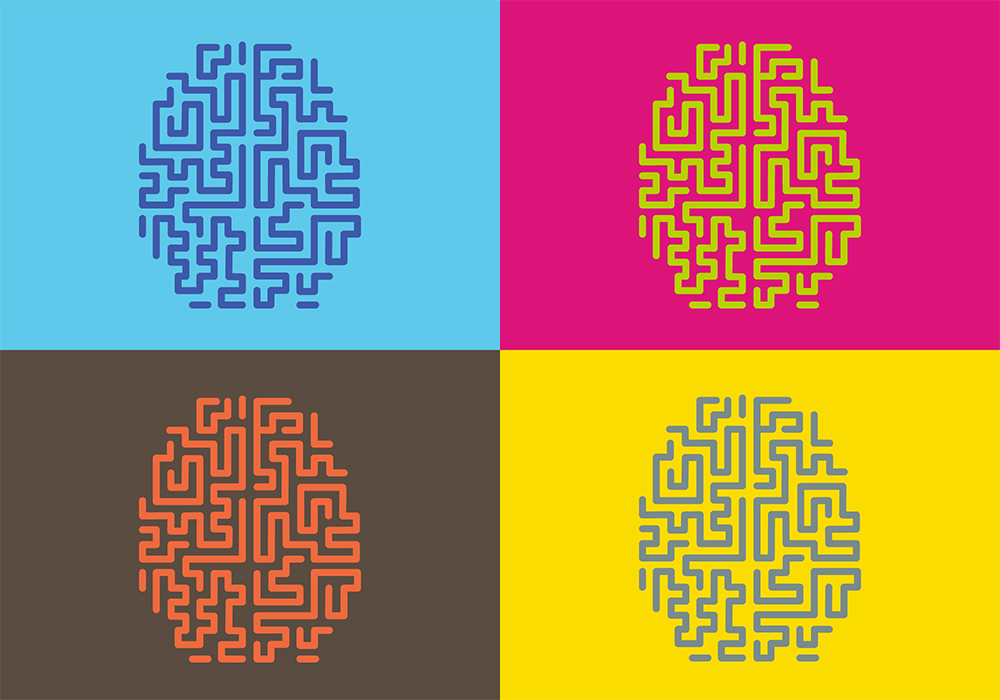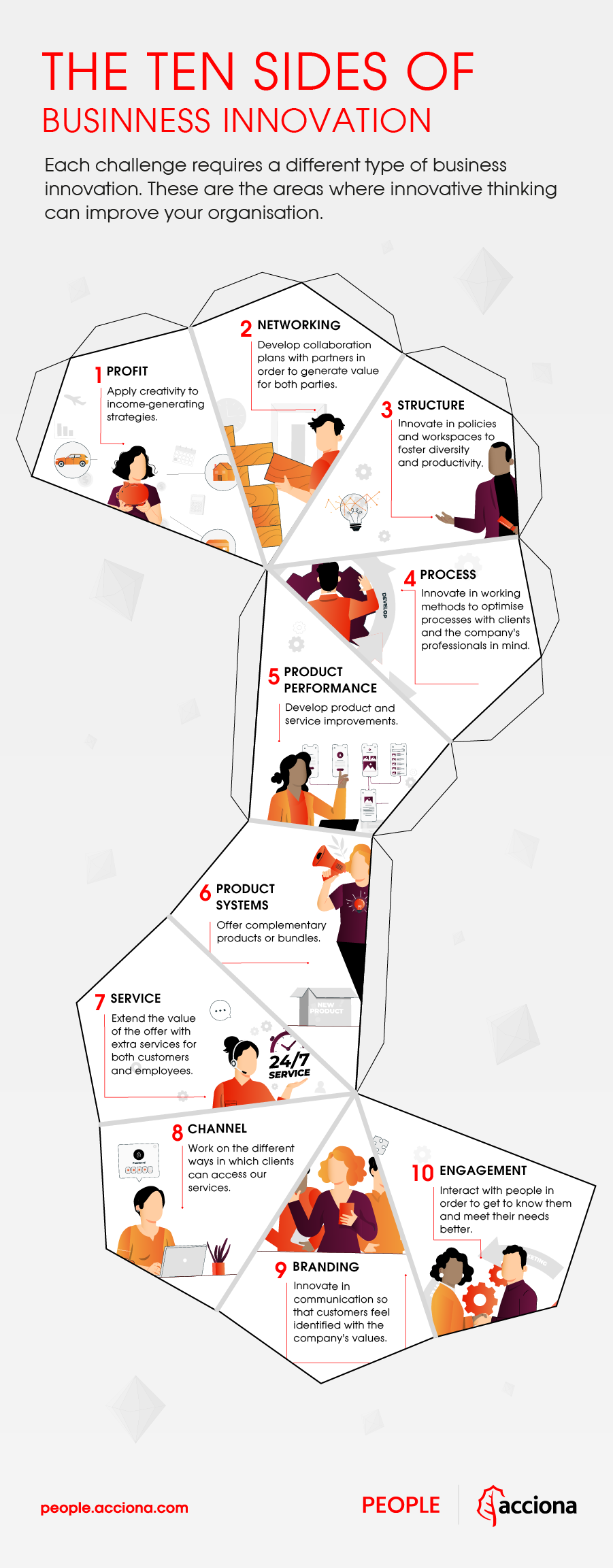* Product performance: this is basically the development of better products or services. It’s the kind of innovation that we all think of first: how can I innovate to make this pen better?
* Product systems: this is about linking different products or offering complementary products.
Types of business innovation based on experience
* Service: How can you extend the value of your offer? With an extra service. Imagine you sell kitchen appliances. You can offer an exclusive after-sales service to your customers on your website with recipes or tips on how to use these tools.
However, this type of business innovation can also be directed towards employees. How can you improve the experience of your workforce? Social benefits are the ideal tools to achieve this. You can make the office a more conciliatory and sustainable place by developing in-company catering, childcare, gym, etc.
* Channel: traditionally, the factory delivered the product to retailers and they delivered it to the end customer. Apple was one of the pioneers in breaking this chain by opening its own shops, unique places where the Apple experience is 100%.
The arrival of the coronavirus crisis and subsequent labour flexibility has led many companies to innovate. Such is the case of BRIO! A company catering brand that now offers employees the possibility of receiving their menu at home instead of at the office.
* Engagement: when a company understands very well the aspirations of its customers or its employees, it decides to innovate by creating experiences between the person and the company to give them additional satisfaction and thus increase their loyalty. This is linked to how people feel and relate to the company. Involving your employees in your philosophy and objectives favours employer branding and increases talent retention.

